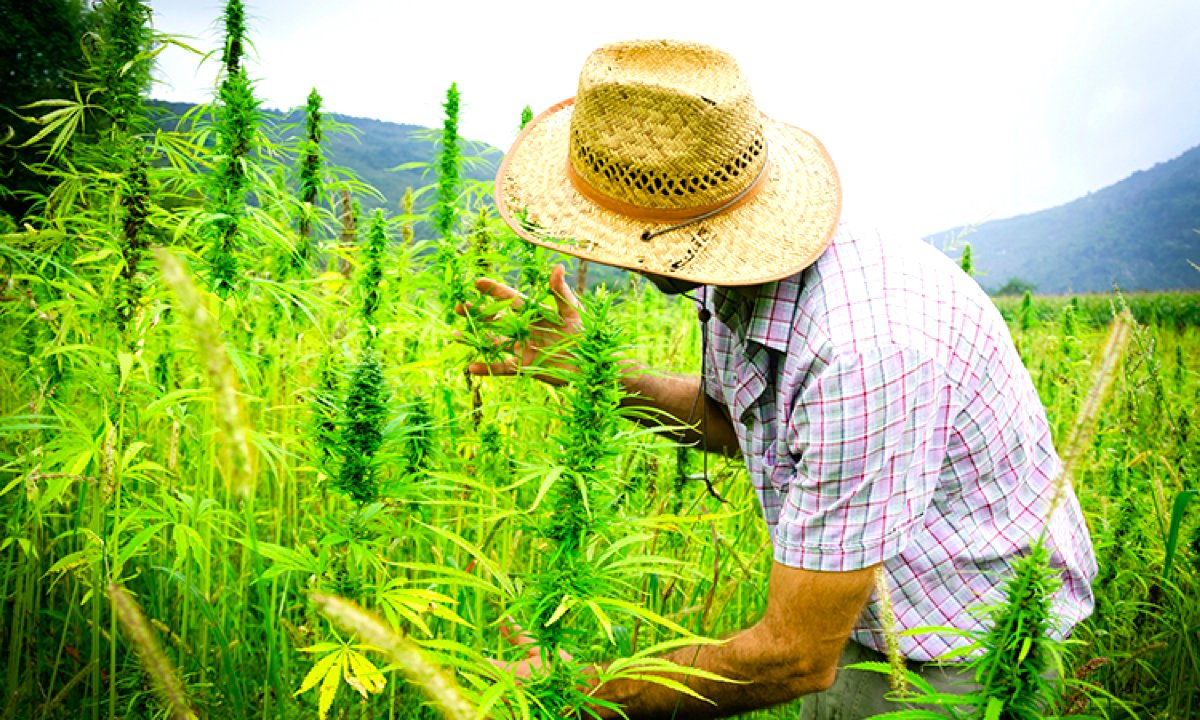Hemp paper and wood paper are two types of paper produced from different raw materials: hemp fibers and wood fibers, respectively. Here’s a comparison between the two:
Source of raw material:
Hemp paper: It is made from the fibers of the hemp plant (Cannabis sativa). Hemp is a fast-growing and sustainable crop that requires minimal pesticides and water compared to many other plants used for paper production.
Wood paper: It is made from wood pulp, primarily sourced from trees such as conifers (e.g., pine, spruce, fir) or hardwood trees like birch or oak. The production of wood pulp often involves cutting down trees, which can have significant environmental implications.
Environmental impact:
Hemp paper: Hemp is considered an eco-friendly alternative to wood paper because it requires fewer chemicals and water to process. Hemp plants also capture and sequester carbon dioxide from the atmosphere during their growth cycle, making them beneficial for mitigating climate change.
Wood paper: The production of wood paper involves the harvesting of trees, which can lead to deforestation, habitat loss, and soil erosion. The process also requires more water, energy, and chemicals compared to hemp paper production.
Paper quality:
Hemp paper: Hemp fibers are longer and stronger than wood fibers, resulting in durable and long-lasting paper. Hemp paper is also naturally acid-free, resistant to yellowing, and has excellent folding endurance.
Wood paper: Wood fibers are shorter and weaker compared to hemp fibers, which can affect the strength and durability of the paper. Wood paper may be more prone to yellowing and degradation over time.
Versatility:
Hemp paper: Hemp paper can be used for a wide range of applications, including printing, packaging, stationery, and more. It has been historically used for centuries and was even used to draft the United States Declaration of Independence.
Wood paper: Wood paper is the most common type of paper used worldwide due to the abundance of trees. It is widely used in various industries, including printing, publishing, packaging, and writing.
Growing period :
Hemp paper: It takes only 100-110 days to get ready, one acre of hemp can produce equivalent 4 acres of tree forest paper, whereas tree forest can take 10 to 20 yrs to grow. hemp has almost 70-75 cellulose, which is useful in creating paper.
Wood paper: Trees have lesser content of cellulose and difficult to convert into paper , however presently most of the paper is made from tree, which is not only polluting the environment by cutting trees , but it also needs more chemicals to process.
Regulatory considerations:
Hemp paper: The legal status of hemp varies by country, and regulations may affect its cultivation and processing. In some regions, the use of hemp for paper production may be restricted or subject to specific regulations.
Wood paper: Wood paper production is well-established and regulated in many countries. Sustainable forest management practices are encouraged to minimize the environmental impact of wood sourcing.
It’s worth noting that the production processes for both hemp paper and wood paper can vary, and advancements in technology and sustainability practices continue to evolve in the paper industry. Overall, hemp paper offers several ecological benefits and has the potential to be a more sustainable alternative to wood paper.



